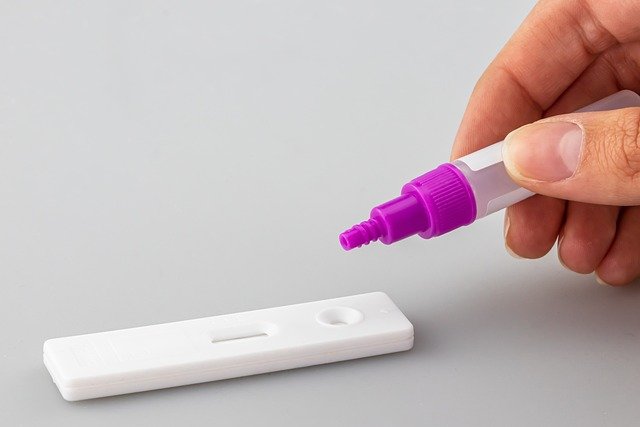Regulatory pathways for material safety in healthcare products
Material safety is a central concern when bringing healthcare products to market. This article outlines how regulators and manufacturers work together to assess biomaterials, identify toxicity and cytotoxicity risks, evaluate implant compatibility, and ensure processes such as sterilization and preclinical testing support safe clinical use.

What are biomaterials and materials safety?
Biomaterials are substances engineered for interaction with biological systems, used in devices, implants, and other healthcare products. Materials safety assessment evaluates chemical composition, mechanical properties, and degradation behavior to determine potential risks. Regulators expect manufacturers to document how a material performs in contact with tissue or bodily fluids, and to demonstrate that any leachables or degradation products do not create unacceptable hazards.
How do regulatory frameworks address preclinical testing?
Regulatory pathways typically require staged evidence, beginning with bench testing and moving to preclinical in vitro and in vivo studies. Preclinical testing characterizes mechanical function, biocompatibility, and interaction with biological systems under simulated use conditions. Protocols follow recognized standards to generate reproducible data for regulatory submissions. Agencies focus on risk-based justifications: the greater the potential harm from failure or adverse response, the more extensive the preclinical package expected.
How is cytotoxicity and toxicity evaluated?
Cytotoxicity testing is often an early screen to detect whether materials release substances that kill or damage cells. Standardized assays expose cultured cells to extracts or direct contact with materials to measure viability and function. Broader toxicity assessment considers systemic exposure, sensitization, genotoxicity, and long-term effects. Together, these tests help determine safe exposure limits and whether additional studies are required to characterize chronic or cumulative risks.
What implant-specific considerations affect inflammation and compatibility?
Implants introduce specific challenges because they remain in the body for extended periods and may provoke inflammation or immune responses. Assessment addresses local tissue reactions, chronic inflammation, and the potential for fibrosis or device-related infection. Design features, surface chemistry, and mechanical mismatch with surrounding tissue influence inflammatory pathways. Regulators review histopathology from animal studies and clinical data, when available, to evaluate whether observed inflammation is within acceptable bounds for the intended use.
How does sterilization influence safety assessment and regulatory expectations?
Sterilization method can alter material properties and generate byproducts, so it is a critical element of safety assessment. Validated sterilization processes must demonstrate consistent microbial lethality without compromising device performance or increasing toxicity. Common methods—steam, ethylene oxide, gamma, e-beam—have different effects on polymers, metals, and composites. Regulatory submissions include sterilization validation data, evidence of residuals control, and stability testing to show the device remains safe and effective after sterilization.
What documentation supports regulatory submissions and safety assessment?
Comprehensive regulatory submissions combine testing data, risk analyses, and manufacturing controls. Key documents include biocompatibility reports, preclinical study protocols and results, design verification and validation, sterilization validation, and a clinical evaluation when applicable. A materials safety assessment should map identified hazards to testing outcomes and mitigations, demonstrating traceability from risk to evidence. Regulators also expect quality system records that show ongoing control of suppliers, changes in material suppliers or formulations, and post-market monitoring plans.
This article is for informational purposes only and should not be considered medical advice. Please consult a qualified healthcare professional for personalized guidance and treatment.
Regulatory evaluation of material safety is iterative: new data, changes in use, or post-market experience can prompt further testing or labeling updates. Clear, well-structured data packages that align with recognized standards and a risk-based justification of testing strategies generally streamline review. Stakeholders should prioritize transparent documentation of materials, manufacturing processes, and the scientific rationale behind testing choices to meet regulatory expectations for healthcare product safety.






